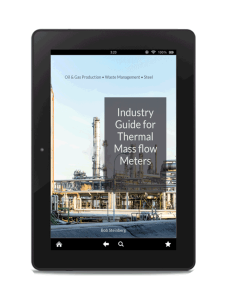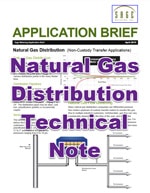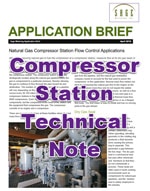The upstream oil and gas sector faces new and more demanding Environmental Protection Agency (EPA) regulations due to growing greenhouse gas (GHG) concerns. Rules governing many areas of the oil and gas industry require GHG emissions reduction and reporting. The statutes often require the use of vapor recovery units or combustion devices (flares).

40 CFR Part 98, Subpart W – Oil and Gas Systems
The EPA requires GHG reporting of emissions to the atmosphere from flares and vents from onshore and offshore petroleum and natural gas producers. Each flare must report carbon dioxide (CO2), methane (CH4), and nitrous oxide (N2O) emissions, and each vent must report CO2 and CH4 emissions. One method of determining these emissions is the simple use of a continuous flow meter in the line going to the vent or flare.
Compressor stations
There are multiple applications in a gas compressor station where thermal mass flow meters help. These include measuring the flow to the engine, flow rate from dry seals, and during blowdown. Please look at our technical note, which covers compressor station applications in detail (right thumbnail).
Thermal Mass Flow Meters

In these situations, a thermal mass flow meter will meet the requirements and have the following benefits:
-
- Direct mass flow measurement without the need for pressure and temperature correction
- Insertion probe simplifies installation.
- High rangeability with the ability to detect flows at very low velocities
- Factory calibrated – no need for field calibration
- Includes a simple method to verify the meter is within the calibration.



